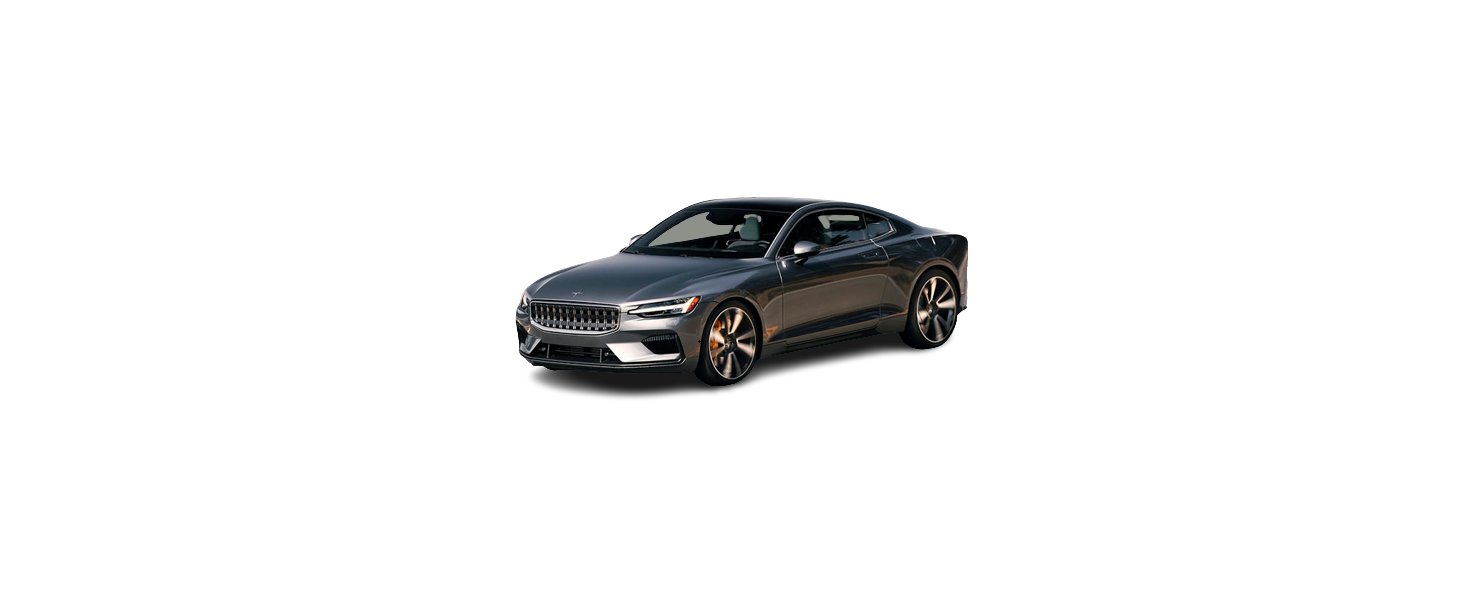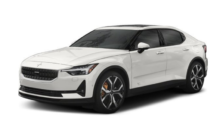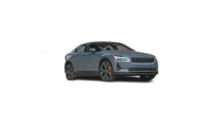Occupant safety reminders
How safely you drive doesn’t depend on how old you are but rather on:
- How well you see.
- Your ability to concentrate.
- How quickly you make decisions under stress to avoid an accident.
The following suggestions are intended to help you cope with the ever changing traffic environment.
- Never drink and drive.
- If you are taking any medication, consult your physician about its potential effects on your driving abilities.
- Take a driver-retraining course.
- Have your eyes checked regularly.
- Keep your windshield and headlights clean.
- Replace wiper blades when they start to leave streaks.
- Take into account the traffic, road, and weather conditions, particularly with regard to stopping distance.
- Never text while driving.
- Refrain from using or minimize the use of a cell phone while driving.
Recall information
In Canada, you can also search in the recall database on Transport Canada’s website at: www.tc.gc.ca.
Reporting safety defects
Reporting safety defects in the U.S.
If you think your vehicle has a defect that could cause an accident, injury or fatality, immediately notify the National Highway Traffic Safety Administration (NHTSA) and Polestar Automotive USA Inc. If the NHTSA receives similar complaints, an investigation may be opened and if any safety defects are found to exist in a group of vehicles, the NHTSA may order a recall and rectification campaign. However, the NHTSA cannot become involved in individual issues between you, the retailer or Polestar Automotive USA Inc. You can contact the NHTSA by either calling the toll-free number for vehicle safety:
1-888-327-4236 (TTY: 1-800-424-9153) or write to: NHTSA, U.S. Department of Transportation, Washington D.C. 20590.
You can also obtain other information about motor vehicle safety from http://www.safercar.gov, where you can also enter your vehicle’s VIN (Vehicle Identification Number) to see if it has any open recalls.
Polestar strongly recommends that if your vehicle is included in a service campaign, safety or emission recall or similar action, it should be completed as soon as possible. Please check with your local retailer or Polestar Automotive USA, Inc. to see if your vehicle is included in these actions.
NHTSA can be reached at:
Internet: http://www.nhtsa.gov
Telephone: 1-888-327-4236
Reporting safety defects in Canada
If you think your vehicle has a defect that could cause an accident, injury or fatality, immediately notify Transport Canada and Polestar Automotive Canada Inc.
Transport Canada can be contacted at:
1-866-995-9737
Teletypewriter (TTY): 1-888-675-6863
Fax: 613-954-4731
Mailing Address: Transport Canada – 330 Sparks St, Ottawa, (Ontario) K1A 0N5
Safety
The vehicle is equipped with a number of sensors that may react in the event of an accident and activate different safety systems, such as the airbag system and seat belt tensioners. Depending on the specific conditions of the accident, e.g. collisions at certain angles, overturning or swerving, the systems react differently to help provide good protection.
There are also mechanical safety systems such as the Whiplash Protection System. The vehicle is also built so that a large part of the force of a collision is distributed to the vehicle’s members, pillars, floor, roof and other parts of the body.
After an accident, the vehicle’s safety mode may be activated if any important function in the vehicle has been damaged.
If the warning symbol remains illuminated or switches on while driving and the message SRS airbagService urgent Drive to workshopis displayed in the instrument panel, this indicates that something in the safety system is not functioning properly. Contact Polestar Customer Support.
Never attempt to alter or repair any of the vehicle’s safety systems yourself. Incorrectly performed repairs to any system could impair function and lead to serious injury. Contact Polestar Customer Support.
Safety during pregnancy
Seat belt
The seat belt should fit closely against the shoulder, with the diagonal section between the breasts and to the side of the stomach.
The lap section of the seat belt should lie flat over the thighs and as far as possible under the stomach. Never let it ride upward. Remove unnecessary slack and make sure the seat belt fits as close as possible to the body. Make sure there are no twists in the seat belt.
Seating position
As pregnancy progresses, pregnant drivers should adjust the seat and steering wheel to a position that allows them to retain full control of the vehicle (which means they should be able to easily reach the steering wheel and foot pedals). Try to maintain as much distance as possible between the stomach and the steering wheel.
Whiplash Protection System
WHIPS is activated in the event of a rear-end collision and adapted to the angle and speed of the collision and to the characteristics of the colliding vehicle.
When WHIPS is activated, the front seat backrests move rearward and the seat cushions move downward to change the seating positions of the driver and front seat passenger. This movement helps absorb some of the forces that could result in whiplash.
WHIPS is a supplement to the seat belt. Always wear your seat belt.
Do not attempt to alter or repair the seat or WHIPS on your own. Contact Polestar Customer Support.
If the front seats have been subjected to severe stress, e.g. in a collision, the seats must be replaced. Even if the seats appear undamaged, some of their protective properties may have been lost.
Do not place any objects on the floor behind or under the front seats or on the rear seat that could prevent WHIPS from functioning correctly.
Do not squeeze box-like cargo between the rear seat cushion and the front seat backrest.
If a rear-facing child restraint is used in the rear seat, the seat in front of it must be moved forward so that it does not come in contact with the child restraint.
Seating position
For WHIPS to provide good protection, the driver and passenger must be seated correctly and the system’s function must not be impeded in any way.|
Set the front seat to the correct seating position before starting to drive.
The driver and the front seat passenger should sit in the center of the seat with their heads as close as possible to the head restraints.






